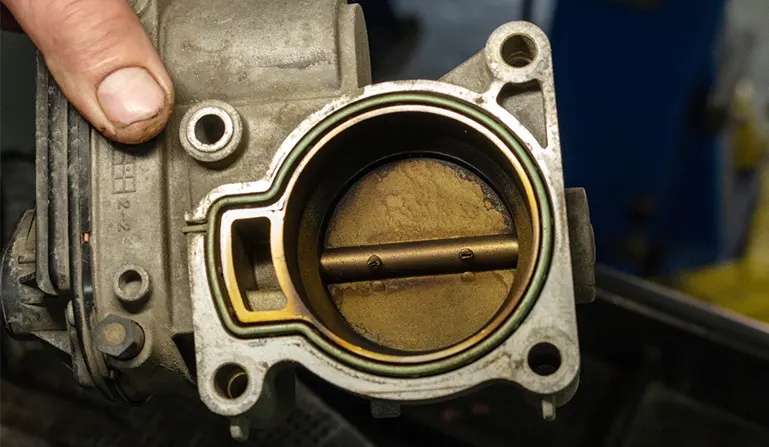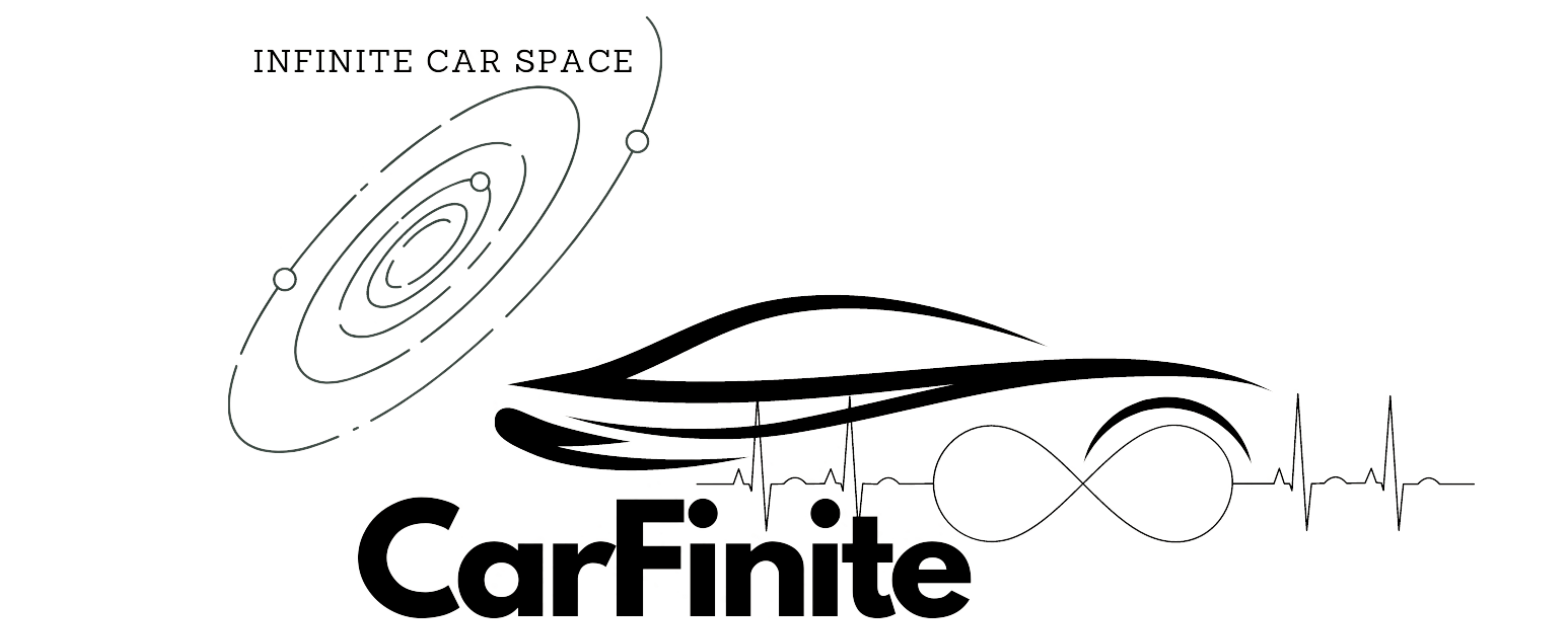Cleaning cylinder heads without removing the valves is possible with some specialized tools and techniques. Intake valve cleaners, wire brushes, and shop vacuums allow accessing and scrubbing away carbon deposits while leaving the valves intact.
This article provides a step-by-step guide on how to thoroughly clean a cylinder head and its mating surface without complete disassembly. It covers the preparation involving cooling down the engine and disconnecting the battery.
The cleaning process is detailed including generously spraying valve cleaner into the intake manifold, brushing deposits off with a wire brush, and vacuuming loosened carbon. Reassembly tips are provided along with concise answers to questions on alternative cleaning methods for just the head surface and timelines for post-treatment hair coloring.
The article offers comprehensive advice on cleaning cylinder heads while avoiding the intensive valve removal process.
Tools and Materials Needed
- Intake valve cleaner – Using a high-quality intake valve cleaner specifically formulated to dissolve carbon deposits makes the cleaning process much easier. Opt for a cleaner that is non-damaging to metal.
- Wire brush – A wire brush with tough, short bristles is perfect for scrubbing away stubborn carbon deposits. Use a brush with a 3-4 inch head for maneuverability.
- Shop vacuum – This is essential for sucking up all loosened carbon fragments to leave a clean cylinder head surface. A vacuum with a hose enables accessing tight spaces.
- Gloves – Wear thick rubber gloves to protect your hands from the harsh chemicals in the cleaner.
- Safety glasses – Always wear eye protection when dealing with chemicals and debris.
Step 1: Preparation
- Cool down the engine completely before starting the cleaning process. This prevents warping of the heated metal components.
- Disconnect the battery to disable the ignition system. Accidental engine turnover could cause injuries.
- Identify the intake manifold – this is where the valve cleaner will be introduced. Locate the opening to the manifold, usually at the throttle body.
- Remove any accessories like the air filter housing that obstruct access to the intake manifold.
Step 2: Cleaning
- Shake the valve cleaner can vigorously and attach the supplied intake cleaning tool. Insert it into the intake manifold opening.
- Spray the cleaner generously into the manifold while opening the throttle plate fully. Use approximately 3/4th of the can for a thorough clean.
- Allow the solvent to soak for 10-15 minutes. This gives it time to break down the stubborn carbon deposits.
- Use the wire brush to scrub the valves and cylinder head surface vigorously. The loosened carbon should brush off easily.
- Take care not to damage the valves or score the soft aluminum of the cylinder head surface while brushing.
- Use the vacuum hose to suck up all the dissolved carbon from the nooks and crannies of the cylinder head.
- Wipe down components with a clean lint-free rag to remove any remaining residue.

Step 3: Reassembly
- Reinstall the air filter housing and any other accessories that were removed to access the intake manifold.
- Reconnect the battery once the cylinder head is fully cleaned and prepped for reassembly.
- With the valves intact, the cylinder head is now ready to be reinstalled on the engine block with fresh gaskets.
How to Clean Cylinder Head Surface?
- To clean just the cylinder head’s deck surface without tampering with the valves, use a gasket removal solvent.
- Apply it liberally on the mating surface and allow it to sit for 10-15 minutes.
- Use a plastic paint scraper to remove any gasket remnants or rust on the surface.
- Finish by wiping down with a clean rag soaked in solvent.
- The head surface is now clean and ready for new gasket installation.
Can You Clean a Cylinder Head Without Removing?
Yes, it is possible to effectively clean the cylinder head without completely removing the valves. With the right selection of specialty intake valve cleaner and the correct brushing technique, the valves and combustion chamber can be freed of carbon deposits while still assembled in the cylinder head. Removing the cylinder head completely is ideal, but not mandatory.
Can I Color My Rebonded Hair After 1 Month?
No, it is best to wait at least 2-3 months before coloring rebonded hair. Coloring too soon can damage the hair bonds and lead to breakage. The chemicals interact negatively with the bonds and can cause them to loosen or dissolve completely. Wait until your rebonded hair has stabilized before attempting any chemical treatments.

John Smith, a Los Angeles-based car specialist and automotive writer, boasts over 20 years in the industry. With a background as a master technician and a decade-long writing stint at notable automotive publications, John now shares his expansive knowledge on CarFinite, simplifying car maintenance for readers.

